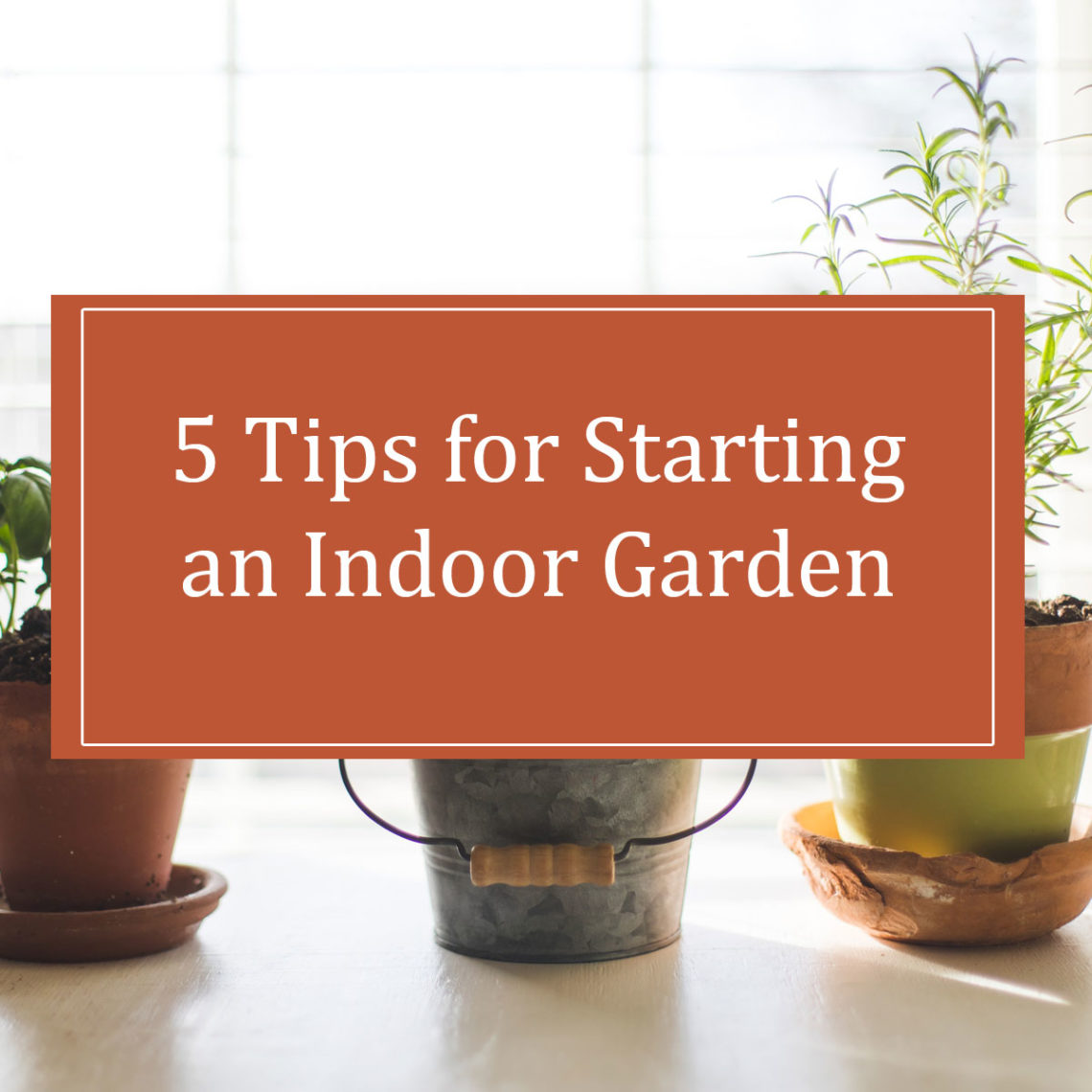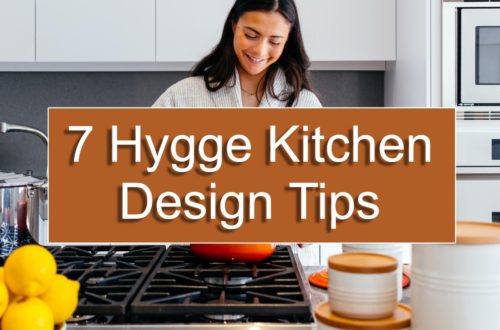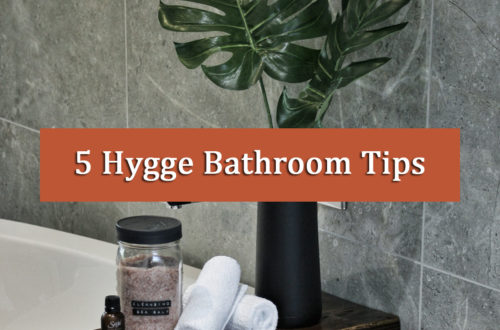
5 Tips for Starting an Indoor Garden
Indoor gardens are having a moment right now. After a tough year, many of us are finding creative ways to improve the look and feel of our homes, and houseplants represent the perfect solution.
As well as adding a burst of color to your space, an indoor garden will help to purify the air and reduce feelings of stress and anxiety. Indoor gardening can be a very cathartic practice if you live in a small apartment, offering a wonderful distraction from the bustle of the city and the pressures of modern life.
So, how should you go about starting an indoor garden?
Here are Our Top Five Tips for Starting an Indoor Garden
Having an indoor garden can bring a touch of nature into your home and improve the air quality while reducing stress and anxiety. With proper planning and care, starting an indoor garden can be a fun and fulfilling hobby. These five tips provide a solid foundation for organizing your space, choosing the right plants, and ensuring their growth and health. Follow these guidelines, and you will be on your way to creating a thriving indoor garden.
Organize your space carefully
An indoor garden can be as big or small as you like and can occupy any room. Having said this, it is important to find a space that gets plenty of sunlight. Otherwise, your plants will suffer and could even die. Windowsills and tables tend to be good spots for healthy plants to grow. Alternatively, you could tastefully arrange your garden on a bookshelf if space is at a premium.
Invest in a growing light
If you’re struggling to find an area in your home that enjoys plenty of sunlight, it may be worth investing in a growing-light. These handy tools essentially mimic the sun and allow plants to photosynthesize. There are a variety of different growth lights on the market, including:
- Fluorescent lights: These work best for herbs and other plants that do not need to flower.
- Incandescent lights: These are relatively cheap and widely available, although they are not as powerful as other lamps on the market.
- High-intensity discharge (HID) lights: These are the brightest lights available but can be costly.
Choose your plants wisely
Choosing the right plants for your indoor garden is crucial to its success. When selecting your plants, consider their light and temperature requirements, as well as how much maintenance they will need. Some plants require bright, direct sunlight, while others do better in lower light conditions.
It’s also important to consider the temperature of your home and how it may affect your plants. Some plants are more heat-tolerant than others, so make sure you choose plants that will thrive in your home’s environment. Additionally, it’s essential to consider the size of the plants, as some can grow quite large and take up a lot of space, while others stay small and compact.
Researching the specific needs of each plant before you buy will help you choose the right plants for your indoor garden and ensure their success. Additionally, you can opt for low-maintenance plants like succulents, cacti, or the popular peace lily, if you have a busy schedule.
Establish a watering schedule
Establishing a watering schedule is critical for the health and growth of your indoor plants. Depending on the species of the plant and the time of year, you may need to water them once a week or more often. It is essential to research the specific needs of each plant before setting a watering schedule. Some plants may require more frequent watering while others may need to dry out more between waterings.
Overwatering can be harmful to your plants, so it’s important to avoid watering them too often. To determine when to water your plants, check the soil moisture level by inserting your finger about an inch into the soil. If the soil is dry, it’s time to water. Establishing a watering schedule will help you maintain the health of your indoor garden and keep your plants thriving.
Remember to fertilize your plants
While the plants in your indoor garden will generate their own food via photosynthesis, they will require a few extra nutrients to thrive. While most outdoor plants absorb nutrients such as potassium and phosphorus from soil and decaying leaves, indoor plants do not have such an abundance of available minerals. In this way, it is important to fertilize your plants every few months.
Create a Successful Indoor Garden
In conclusion, starting an indoor garden is a great way to bring some life into your home and improve your mental and physical well-being. To have a successful indoor garden, it is important to find the right spot for your plants that gets plenty of sunlight or invest in a growing light if necessary.
Carefully choose your plants based on their light and maintenance needs and establish a watering schedule to keep them healthy. Finally, don’t forget to fertilize your plants every few months to ensure they receive the necessary nutrients to thrive. With these tips in mind, you will be on your way to having a beautiful indoor garden that brings joy and peace to your life.





